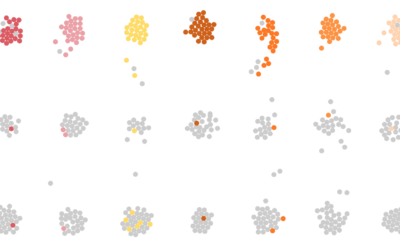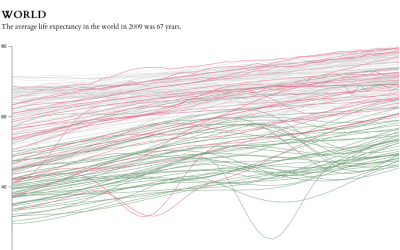Shifted Social Media Usage, Among Teens
Back in my day, we just used email and ICQ on a computer. Done and done. A lot has changed since then. In fact, a lot changed in just the past few years. The Pew Research Center released survey results for teen social media usage in 2018. Compared to 2015, Facebook is down a lot, whereas Instagram and Snapchat are up.

Shifts in Teen Social Media Usage
Among 13- to 17-year-olds, 2015 versus 2018
2015
2018
100%
YouTube
I guess the cesspool comment sections qualify as social. They didn’t in 2015.
80%
Work on that selfie game.
Snapchat
The stock price would have made me think otherwise.
60%
The biggest drop, from 71% to 51%. Maybe the teens are all busy on Facebook-owned Instagram.
40%
Google+
RIP, basically
Not much change. Seems about right.
Vine
RIP
20%
Tumblr
In the 2015 survey, Reddit was clumped together with all discussion boards like Digg. Not quite comparable, but at the time, 17% of teens said they commented on such sites.
0%
2015
2018
Source: Pew Research Center

Shifts in Teen Social Media Usage
Among 13- to 17-year-olds, 2015 versus 2018
2015
2018
YouTube
80%
Snapchat
60%
40%
Google+
RIP, basically
Vine
RIP
20%
Tumblr
0%
2015
2018
On the train the other day I was telling my friend how Snapchat is so odd to use. The interface just doesn’t make sense to me, and I think that makes me old. Then I looked up and a group of teens were all using it talking about snaps, stories, and whosits and whatsits. Kids these days.
I’m looking forward to another three years from now. I think we’ll abandon social media completely. It’ll just be a bunch of smart home devices trying to one-up each other with joke after joke and lighting scenes.
Become a member. Support an independent site. Make great charts.
See What You Get





